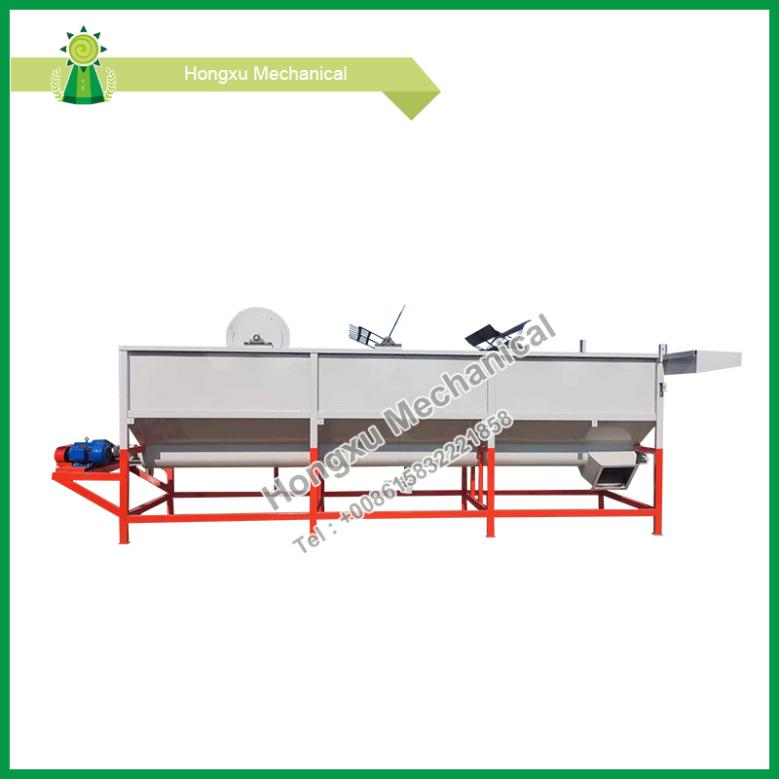Why Does Rinse Tank Play an Important Role in Industrial Processes?
2025-04-08
Rinse Tank is a widely used equipment in industrial production, mainly used for cleaning, rinsing and dehydrating various materials. It removes impurities and contaminants on the surface of materials through mechanical and chemical actions, thereby improving the cleanliness and quality of materials. This article will introduce the working principle of the rinsing tank in detail to help you better understand this equipment.

Rinse Tank is mainly composed of tank body, agitator, spray system, filtration system and control system. The tank body is the main body of Rinse Tank, which is used to store the materials to be cleaned and the cleaning liquid. The agitator is installed inside the tank body, and by stirring the materials, the materials are fully contacted with the cleaning liquid to improve the cleaning effect. The spray system is located above the tank body, and the materials are rinsed by spraying the cleaning liquid. The filtration system is used to filter impurities in the cleaning liquid to ensure the cleanliness of the cleaning liquid. The control system is used to control the working state of Rinse Tank and realize automatic operation.
The main function of Rinse Tank is to remove impurities, residues and chemicals on the surface of objects during industrial production and cleaning. It is widely used in many industries, including electronics, food processing, pharmaceuticals and manufacturing. Rinse Tank is usually equipped with a circulating water system, which can effectively clean large quantities of items and improve work efficiency.
In the electronics industry, Rinse Tank is used to remove flux residues on circuit boards after welding to ensure the normal operation and long-term reliability of circuit boards. In food processing, Rinse Tank is used to clean equipment, containers and materials on production lines to ensure product safety and hygiene. In the pharmaceutical industry, Rinse Tank is used to clean pharmaceutical production equipment to prevent cross contamination and ensure production quality.
In addition, Rinse Tank can also be used in conjunction with other cleaning equipment, such as ultrasonic cleaning machines, to achieve a deeper cleaning effect. Through reasonable design and use, Rinse Tank can effectively save water resources, reduce the use of chemical cleaning agents, and meet environmental protection requirements.
In order to ensure the normal operation and extend the service life of Rinse Tank, it needs to be maintained and maintained regularly. It mainly includes the following aspects: Regularly check the integrity of components such as the tank body, agitator, spray system, and filtration system, and replace or repair them in time if problems are found. Clean the tank and filtration system regularly to prevent impurities from clogging and affecting the cleaning effect. Check the working status of the control system regularly to ensure the accuracy and stability of the automated operation. Add cleaning agents regularly to ensure the cleanliness and cleaning effect of the cleaning fluid.
Rinse Tank plays an important role in modern industrial production, ensuring the cleanliness and safety of products while improving production efficiency.

